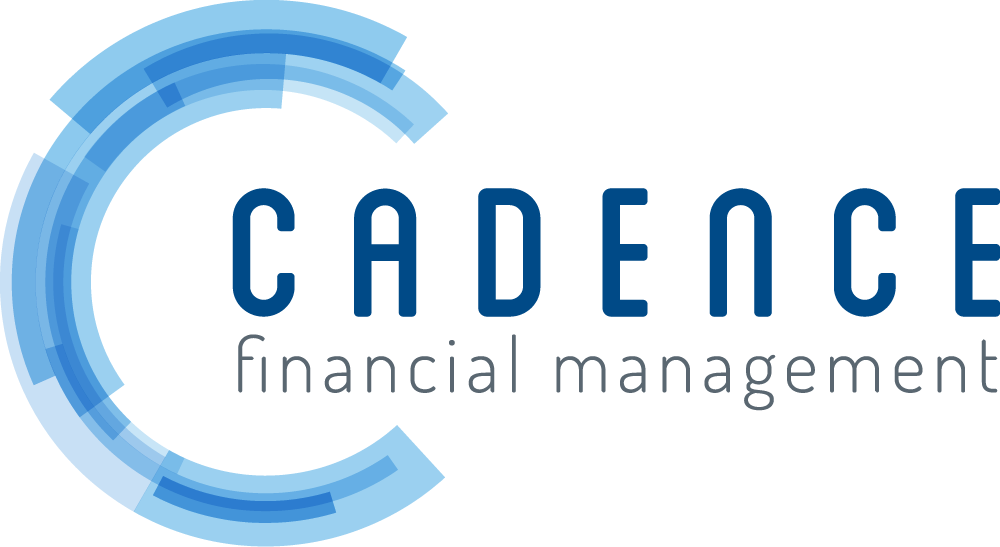401(k) Fears: What’s a Plan Sponsor to Do?
Sound investment decisions are rarely made under the weight of worry. The field of behavioral finance points to a number of cognitive distortions that feed on investor fear and can plague participants’ decision-making while compromising their retirement readiness. Here are some that can send shivers down participants’ spines — and ways sponsors can help them cope.
Loss aversion and sunk costs. Many investors’ fears of realized losses surpass even the desire for gains — and can lead to holding onto underperforming investments for too long, in the hopes of an unlikely rebound.
Herd mentality. Fueled by excessive FOMO, investors often tend to follow the crowd, which can potentially lead to asset bubbles or mass selloffs — and undermine portfolio performance.
Fearful framing and the availability bias. The way financial information is presented to the public, especially in a clickbait-driven news media, can spook investors. A downturn framed as a "crash" evokes more fear than a market "correction." The abundance of foreboding headlines can lead investors to overestimate the likelihood of negative events.
Regret avoidance. The fear of future regret can paralyze decision-making, causing employees to put off enrolling in their retirement plan — or making adjustments to their portfolio. Consequently, participants may miss out on employer matches, tax advantages and the benefits of long-term compound growth.
Help Participants Fight Back Their Financial Fears
Financial anxieties can cast long shadows, but they need not darken participants’ retirement journey. With the right strategies, sponsors can help light the way to retirement readiness.
Counter fright with insight. We tend to fear what we don’t understand. So provide comprehensive financial education around the cyclical nature of market downturns and recoveries, diversification, adjusting risk exposure over time and the common cognitive biases that can lead to fear-based decision-making.
Pivot from panic to planning. Being prepared can help participants fight fear. In wellness content and group sessions, stress the importance of having an emergency fund to provide a safety net during financial hardships.
Harness emotion constructively. Help participants recognize and address emotional responses to financial stress, including market volatility. Encourage them to look at the origins of any unhelpful money beliefs, help them understand triggers and provide stress management tools to help break destructive patterns of behavior.
Lean into expert advice. Facilitate group or individual sessions with financial advisors who can assuage fears with expert guidance and help participants reevaluate goals, discuss changes and reaffirm prudent, long-term investment strategies.
Bypass bias with autopilot advantages. Plan design features such as auto-enrollment and auto-escalation can reduce the emotional component (including fear) of financial decisions.
There’s no silver bullet to conquering financial fears, but helping participants deal with troubling thoughts, feelings and behaviors around financial decision-making can help them avoid facing retirement haunted by regret.
This material was created to provide accurate and reliable information on the subjects covered but should not be regarded as a complete analysis of these subjects. It is not intended to provide specific legal, tax or other professional advice. The services of an appropriate professional should be sought regarding your individual situation. The material presented was created by RPAG. Securities, investment advisory, and financial planning services offered through qualified registered representatives of MML Investors Services, LLC. Member SIPC (www.sipc.com). Supervisory Office: 16 Campus Blvd, Newtown Square, PA 19073. Cadence Financial Management, LLC is not a subsidiary or affiliate of MML Investors Services, LLC or its affiliated companies. ACR# 6006449 10/23
